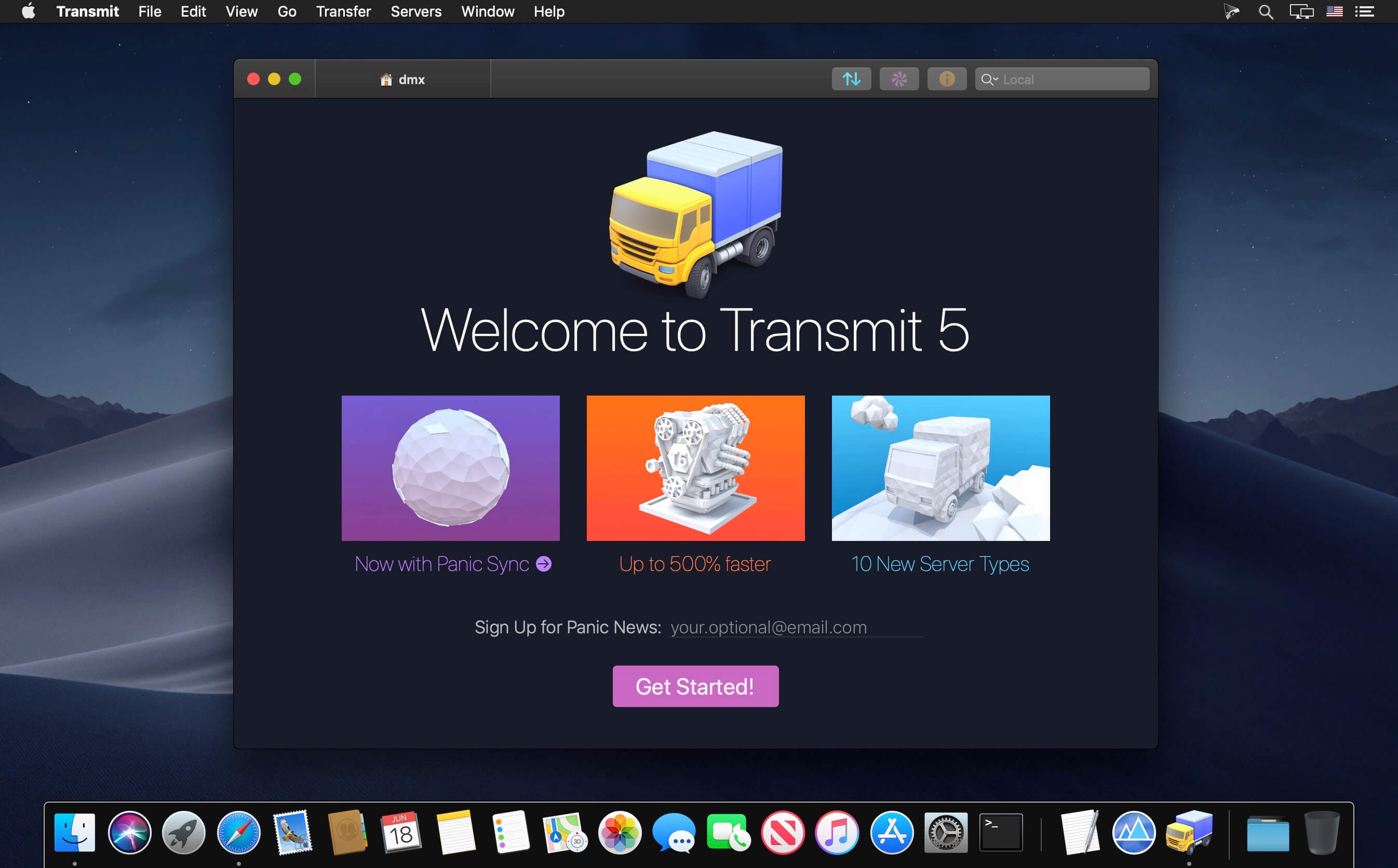- Transmit 5 6 3 X 2 5 Quart Triple Slow Cooker
- Transmit 5 6 3 X 2 3
- Transmit 5 6 3 X 2 1
- Transmit 5 6 3 X 2x 14
Unfortunately I don't know how to explain this part in plain language without using any mathematical tools.
As you see in the following diagram, Precoding is the process that is between Layer Mapper and Resource mapper. In practice, this precoding is the process in which the incoming data (=output of layer mapper) are distributed to each antenna ports. Then the question is 'How each of the data (layered data) get distributed to each of antenna ports ?'. Is it as simple like'data on layer 0 goes blindly to antenna port 1 and data on layer 1 goes blindly to antenna port 1'. Unfortunately it is not that simple. In reality, the data from all the layers gets combined in specify way and then those combined data gets distributed to each of the antenna port. so we can roughly say 'Each antenna ports carries at least some portions of data from all the layers'.
Transmit 5 6 3 X 2 5 Quart Triple Slow Cooker
Then the question is 'How (in what kind of rule) the data from all the layers get combined ?'. The rule is defined by a precoding matrix that we will look into, in this page.
Followings are the topics to be covered in this page.
First I would suggest you to get a big picture on the role of the Procoding on the overal downlink physical layer process as highlighted below. One thing very tricky about Precoding in LTE is that there are so many variations and is very hard to figure out which one to be applied to which case. Just taking a look at the list of sub titles listed below whenever you have chance. If you go through this list more than 10 or 20 times, you would have some image on several different cases where different variations of precoding is used.
Precoding vs Transmission Mode
Each of those variants of the precoding can be mapped to each of Transmission Mode and the number of Antenna also influence on which type of procoding will be used in a specific situation of Transmission Mode. Also, go through the following table whenever you have chance.
TM | No of Codewords | No of Layers | Precoding | Codebook | No of Antenna |
TM1 | 1 | 1 | 36.211 6.3.4.1 a single antenna port | N/A | 1 |
TM2 | 1 | 2 | 36.211 6.3.4.3 Transmit diversity | N/A | 2 |
TM3 | 1 | 2 | 36.211 6.3.4.3 Transmit diversity | N/A | 2 |
2 | 2 | 36.211 6.3.4.2.2 Large delay CDD | Fixed. 36.211 6.3.4.2.3 Table 6.3.4.2.3-1 {Number of layers, Codebook index} = {2, 0} | ||
TM4 | 1 | 2 | 36.211 6.3.4.2.1 without CDD | 36.211 6.3.4.2.3 Table 6.3.4.2.3-1 {Number of layers, Codebook index} = {1, 0} or {1, 1} or {1, 2} or {1, 3} | 2 |
2 | 2 | 36.211 6.3.4.2.1 without CDD | 36.211 6.3.4.2.3 Table 6.3.4.2.3-1 {Number of layers, Codebook index} = {2, 1} or {2, 2} | ||
TM5 | 1 | 2(cell specific) | 36.211 6.3.4.3 Transmit diversity | N/A | 2 |
2 | 36.211 6.3.4.2.1 without CDD | 36.211 6.3.4.2.3 Table 6.3.4.2.3-1 {Number of layers, Codebook index} = {1, 0} or {1, 1} or {1, 2} or {1, 3} | |||
TM6 | 1 | 2 | 36.211 6.3.4.2.1 without CDD | 36.211 6.3.4.2.1 without CDD | 2 |
TM7 | 1 | 2(cell specific) | 36.211 6.3.4.3 Transmit diversity | N/A | 1 |
1 | 36.211 6.3.4.1 a single antenna port | N/A | |||
TM8 | 1 | 1 | 36.211 6.3.4.1 a single antenna port | N/A | 2 |
2(cell specific) | 36.211 6.3.4.3 Transmit diversity | N/A | |||
2 | 2 | 36.211 6.3.4.4 Spatal multiplexing with UE-specific RS | N/A |
Following is the case where a single layer data stream gets transmitted by two antenna. Overall procedure is as follows. (TM2, TM6 is using this configuration)
If we apply the Layer 1 code book to a sequence of data, we will get the constellation as follows. If you briefly see the constellation, you don't find any differences in terms of constellation except overall amplitude gets smaller after going through the precoding block. But if you following through the precoding process for each one (single) constellation, you will understandthe differences.
The Octave code is here. (I create this code in Octave which is a Matlab like GNU program,but I guess it will run in Matlab without any modification. I tried to write the code so that I can run on both program but I haven't tested it in Matlab myself).


